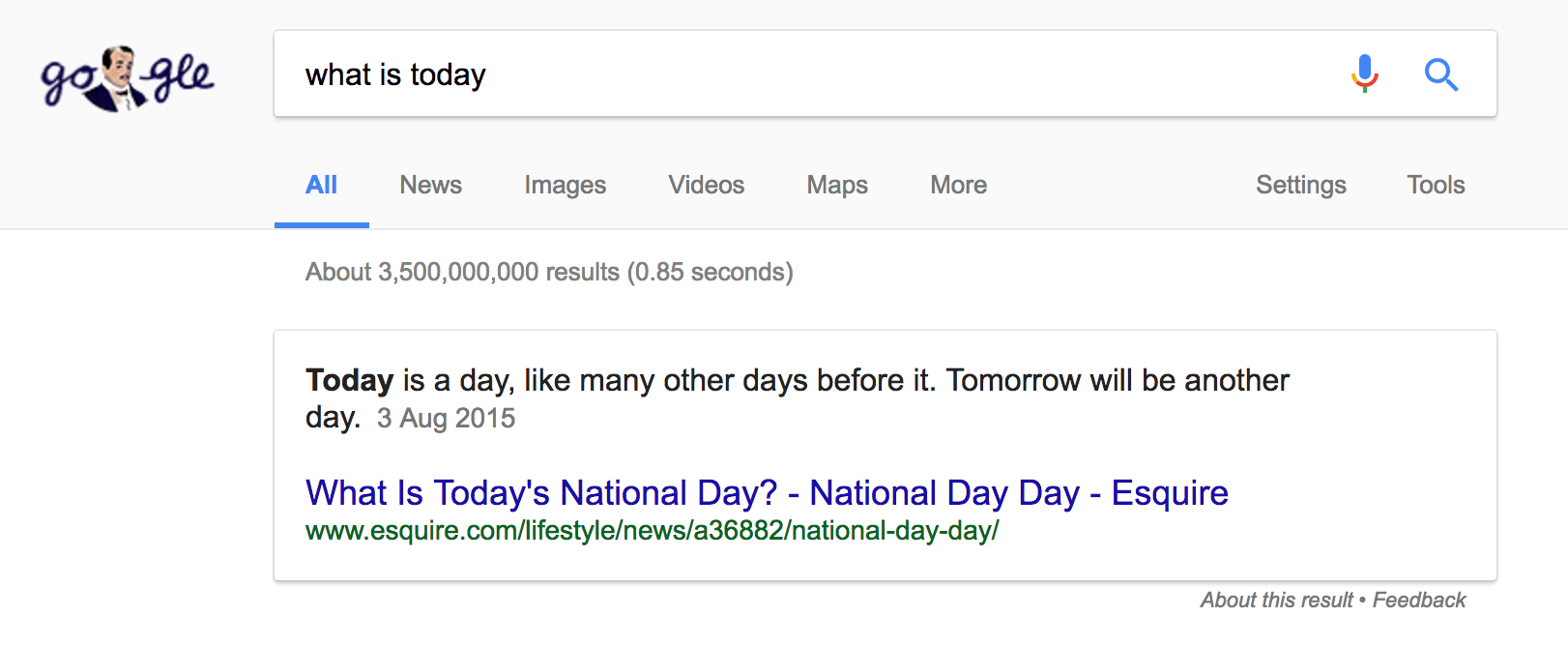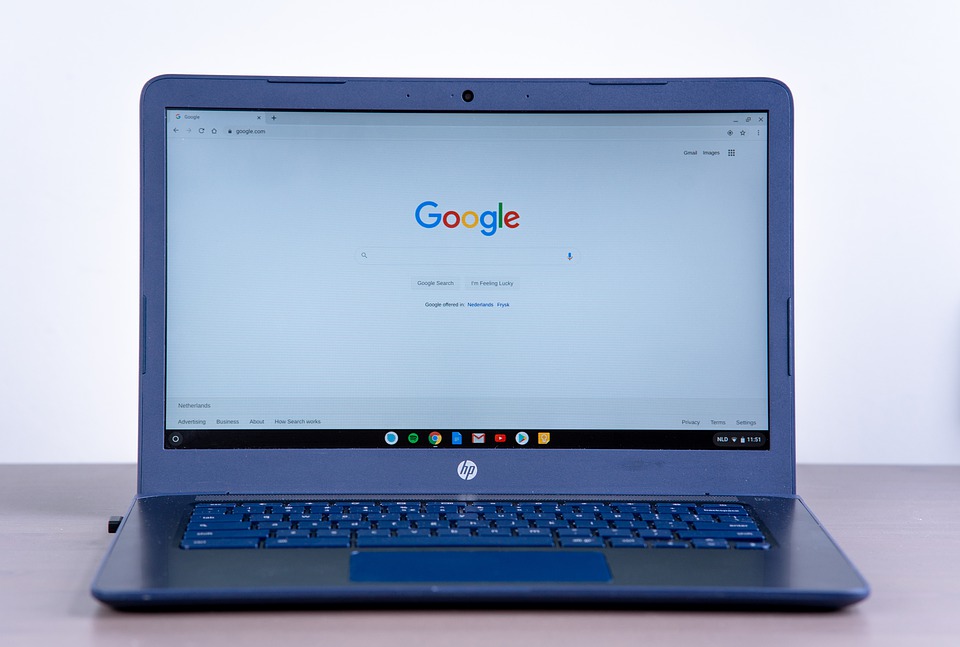What is Position Zero?
Position zero is the spot above the number one search result in Google rankings. Yes, there is a spot more coveted than the first returned result – and anyone can get there, with enough work.
The field of SEO is more like an ocean, changing on a monthly or even weekly basis as it responds to changes in algorithms and trends. But one of the most steadfast principles was “getting to number one” – i.e., getting to number one in the SERP’s.
Now, all that has changed.
In order to stay ahead of the game, you need to shift your focus to getting more SEO visibility in “position zero.”
Sounds a wee bit Blade Runner, but position zero should be your number one priority if you’re at all interested in the SERP’s. But what is it exactly, anyway?
What is position zero and featured snippets?
Position zero refers to Google’s “featured snippet”. It works differently than other search results entries: visually, it’s separated by a small box and located at the top. More importantly, it also displays extra, relevant information with the attempt at answering the user’s question without them needed to click on it, prompting the nickname “no-click search.”
Here’s an example of a featured snippet:

As you can see, when you Google a question, the search engine returns part of a page with keywords in your query highlighted in bold. This is in an attempt to answer your question. It doesn’t get it 100% right all of the time, but this particular part of Google is still learning.
Why does Google love featured snippets?
Google does not want you to click on featured snippets. It wants to cut out that whole secondary process of clicking on the first search result and finding the answer to your question – it wants to bring it front and centre, so you don’t have to lift a finger.
Counter-intuitive, huh?
While it might sound like it goes against Google’s whole ethos to try and get people NOT to click, there is reasoning behind it.
You see, the recognition you get as a thought leader is worth its weight in Google algorithm gold. And featured snippets – otherwise known as “position zero” – is the very best way to be recognised as a thought leader.
According to Search Engine Land, a Featured Snippet gets approximately 8% of all clicks – not too shabby. So if you can manage to get yourself into position zero, it could turn out to be very lucrative indeed.
Types of featured snippets
Featured snippets come in all shapes and sizes, including:
- Text snippets – like our example above, this type of featured snippet includes simple text, some of which will be highlighted in bold.
- Video snippets – Google may decide that a video is the best answer to your question, such as if you ask “how to change a bike tyre”. If this is the case, you will be shown a video snippet, probably from YouTube, and Google might even identify the portion of the video most relevant to you.
- List and table snippets – for some search queries, Google might decide to return what it thinks is the best answer in list or table form. It can extract the data from the linked page, even if the data itself is not structured.
Featured snippets are sometimes read aloud with Google Assistant voice searches, which makes it even more important to structure your information properly in the event that you get promoted to position zero.
Featured snippets: best practices
Want your own featured snippet? Here’s how.
First, do a little keyword research and find out if those search results have a featured snippet. If so, according to an industry study by Ahrefs, you’ll get fewer clicks compared to SERPs without one.
That’s not to say you should automatically toss out a keyword if there’s already someone in position zero. After all, SEMrush reports that 11.84% of all queries have a featured snippet.
The best keywords to optimise for featured snippets are long-tail, such as “how to design a logo”.
Next, you want to match your content to the format that suits it best. Remember, Google snippets can be ordered or unordered lists, definitions and even videos. Choose whichever format answers the long-tail question in the most easy to understand way.
Answer the keyword question clearly and succinctly, and format your text with bulleted lists or a table structure. Google loves those. Put simply, the closer your content looks like a featured snippet, the more likely it is that Google will use it.
And finally – sure, it doesn’t matter to Google whether the user clicks through to your page, but it matters to you. So if you can, try and make the information in your featured snippet encourage readers to click through to the full page.
What do you think of position zero? Will you be trying for it in 2022? Let us know in the comments!





